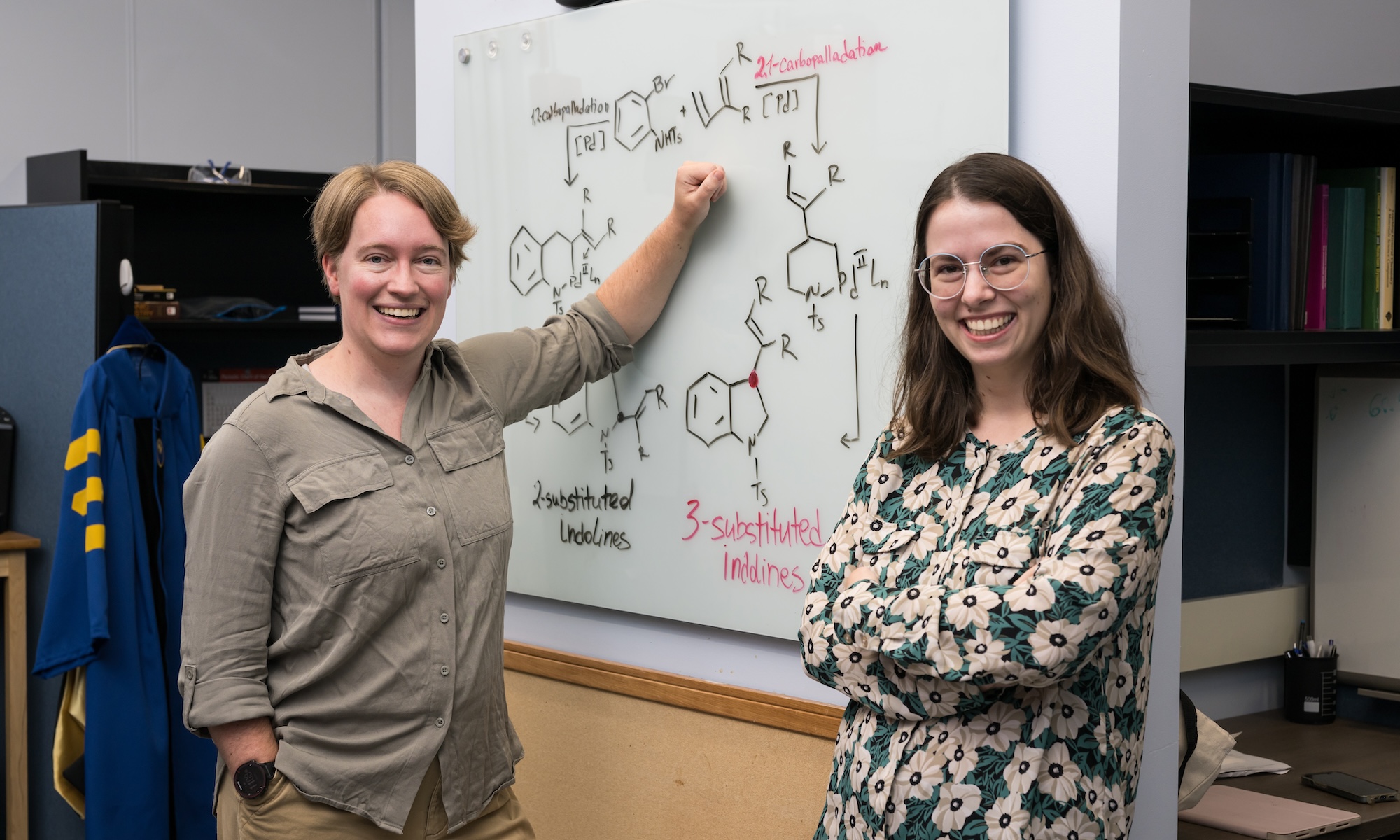
New ligand-guided technique enhances drug development
Researchers led by Shauna Paradine use chemical “helpers“ called ligands to guide reactions with extreme precision.
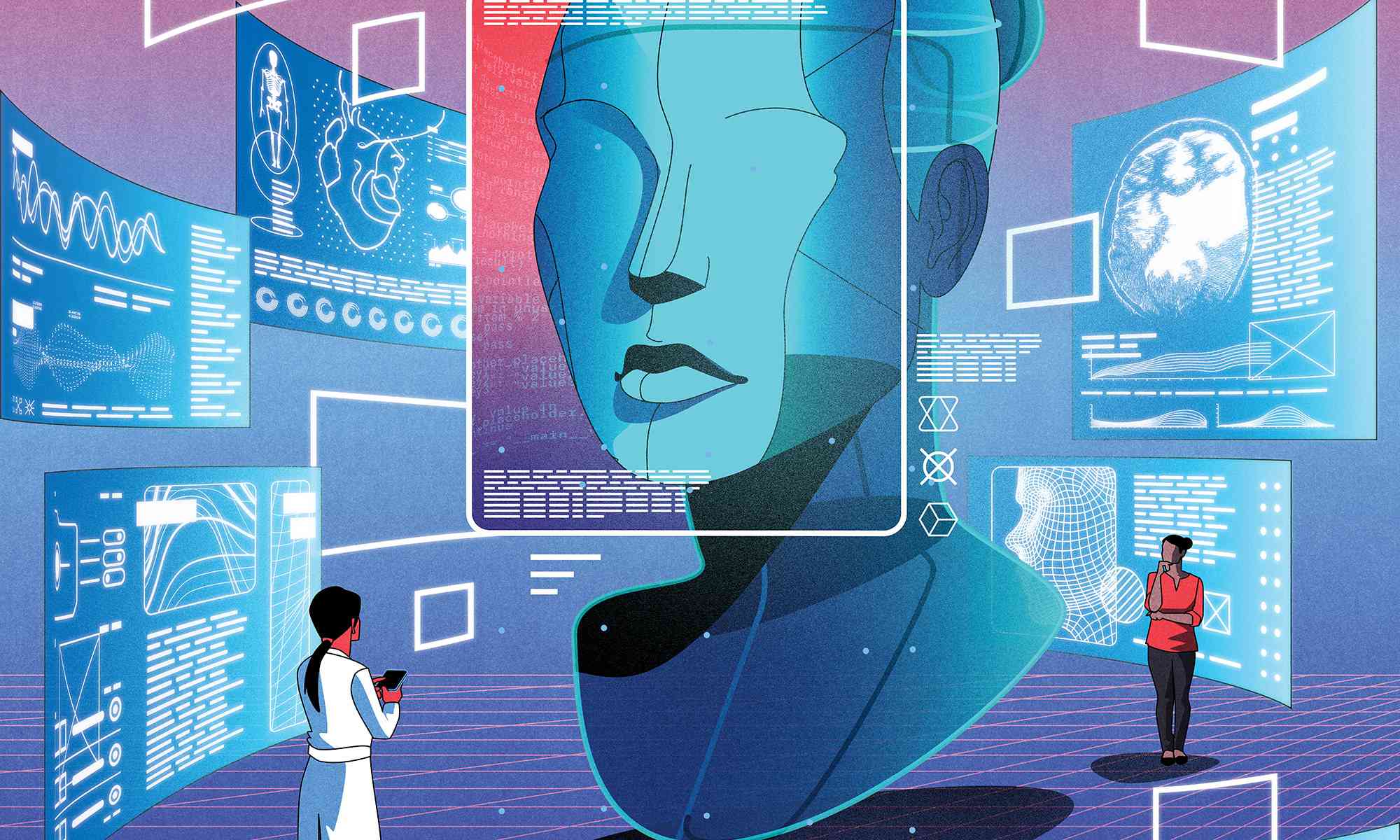
Doctors, patients, algorithms, and avatars
Clinicians, computer scientists, and ethicists are working across the University to incorporate reliable and ethical AI into medical diagnosis and treatment.

Did a magnetic field collapse trigger the emergence of animals?
Evidence suggests a weak magnetic field millions of years ago may have fueled the proliferation of life.

Why do we blink so much?
Researchers find that blinking plays a pivotal role in processing visual information—adding to a growing body of evidence revising our conventional views of vision.
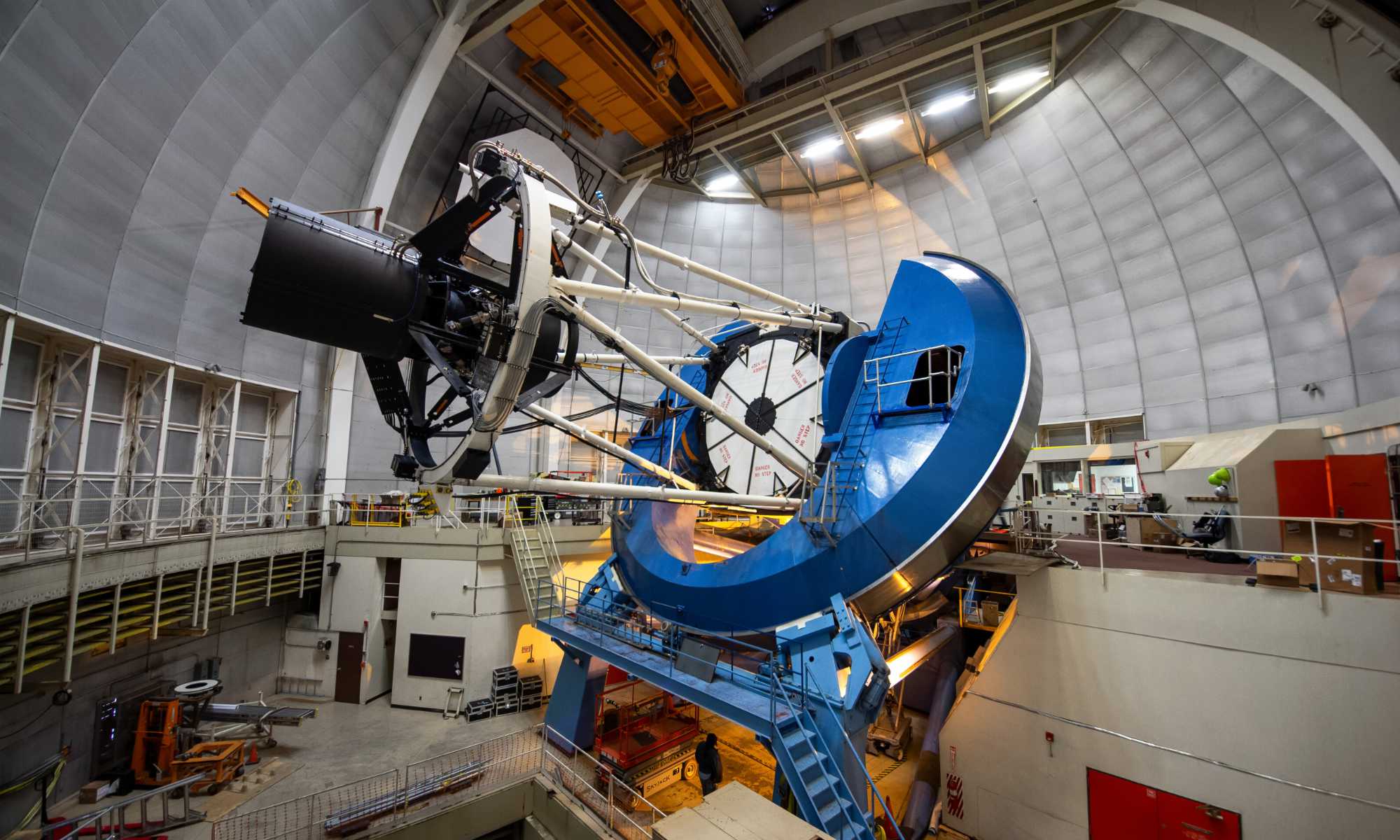
DESI first-year data delivers unprecedented measurements of expanding universe
Scientists have analyzed the first batch of data from the Dark Energy Spectroscopic Instrument’s quest to map the universe and unravel the mysteries of dark energy.
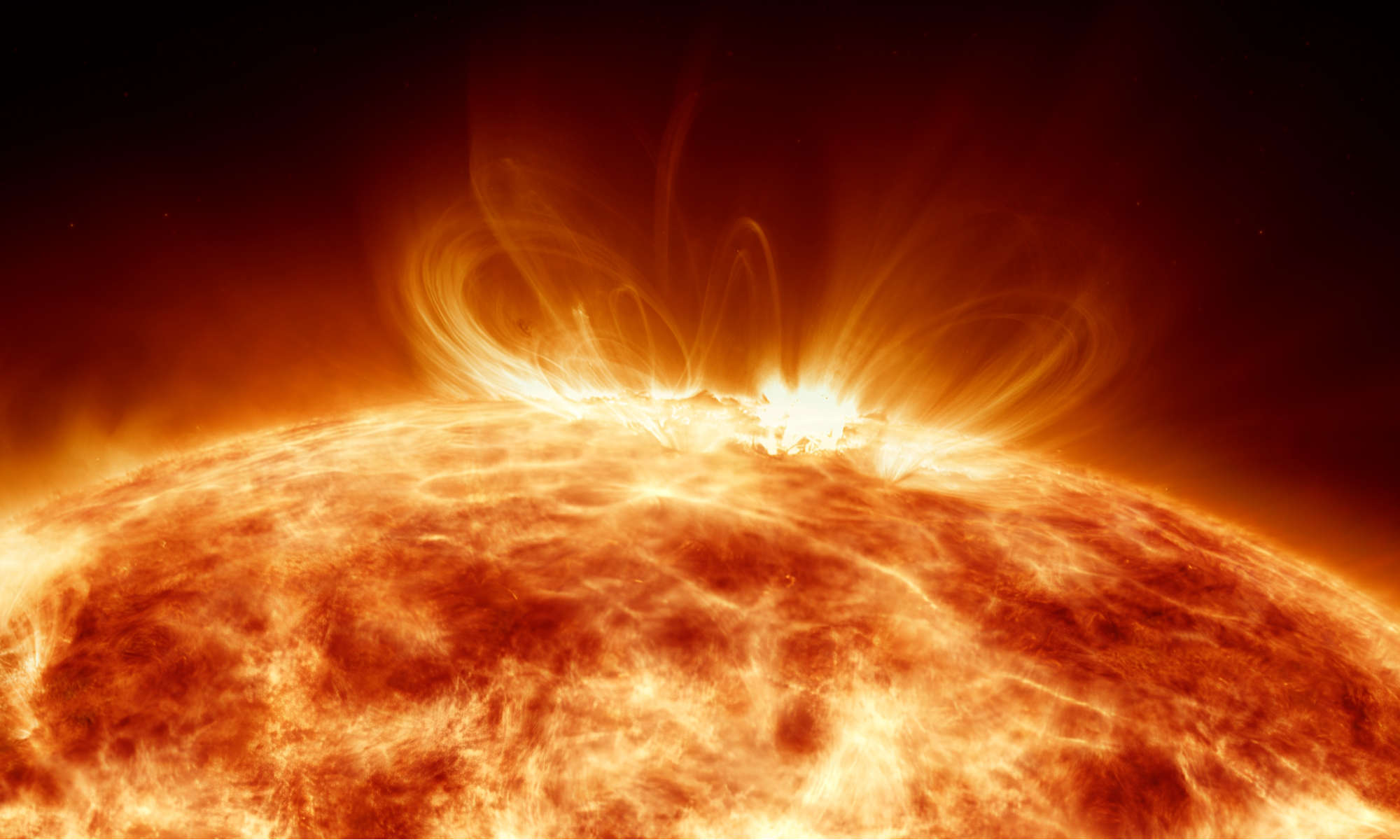
Plasma oscillations propel breakthroughs in fusion energy
Rochester researchers have discovered a new class of plasma oscillations, paving the way for improved particle accelerators and commercial fusion energy.

Reshaping our understanding of granular systems
Rochester researchers are uncovering the unexpected role of grain shape in the mixing of granular systems such as pharmaceuticals, cereal, and landslides.
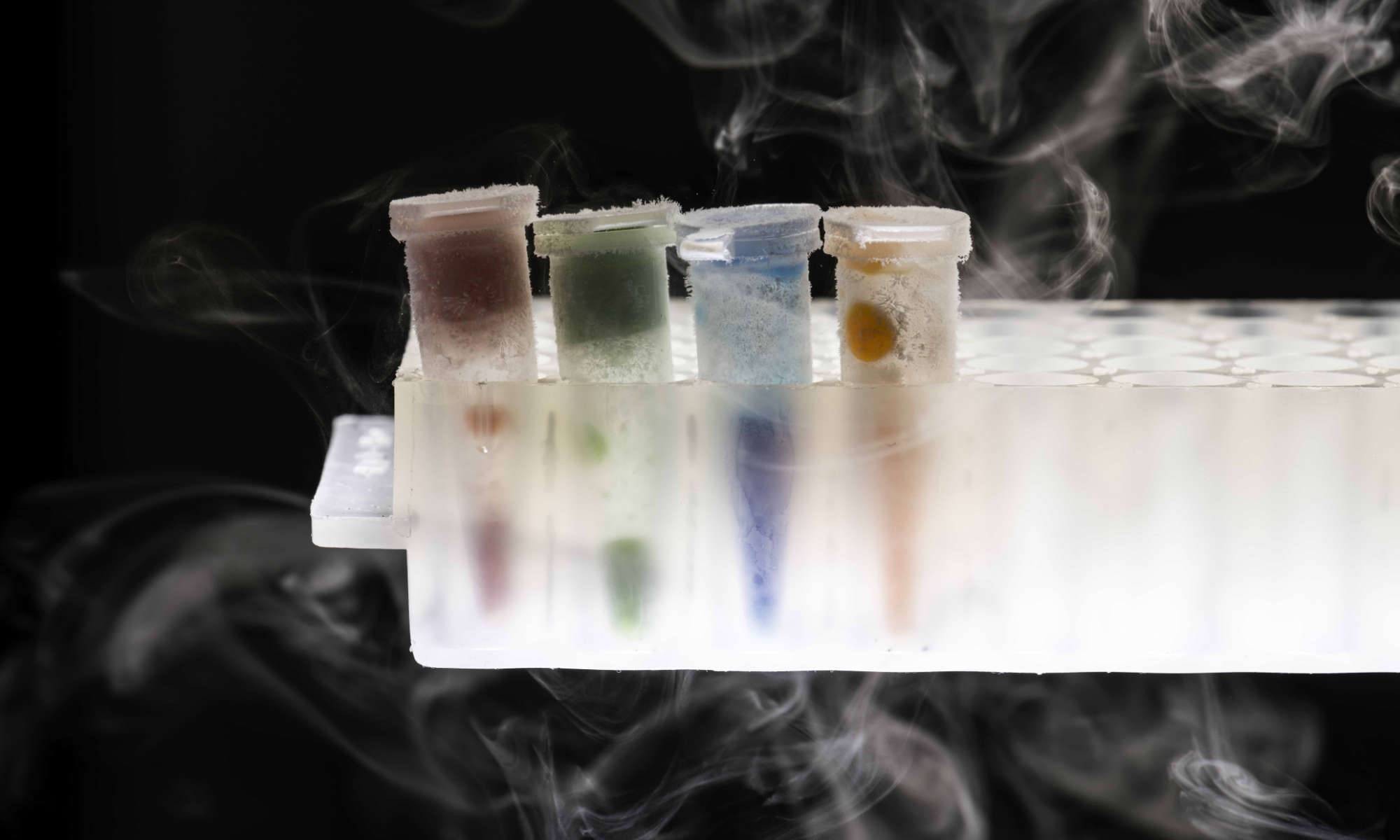
Printing plant-based pharmaceuticals—without plants
Rochester undergraduates developed a 3D-printing system to replicate chemicals found in plants, including those endangered by climate change.
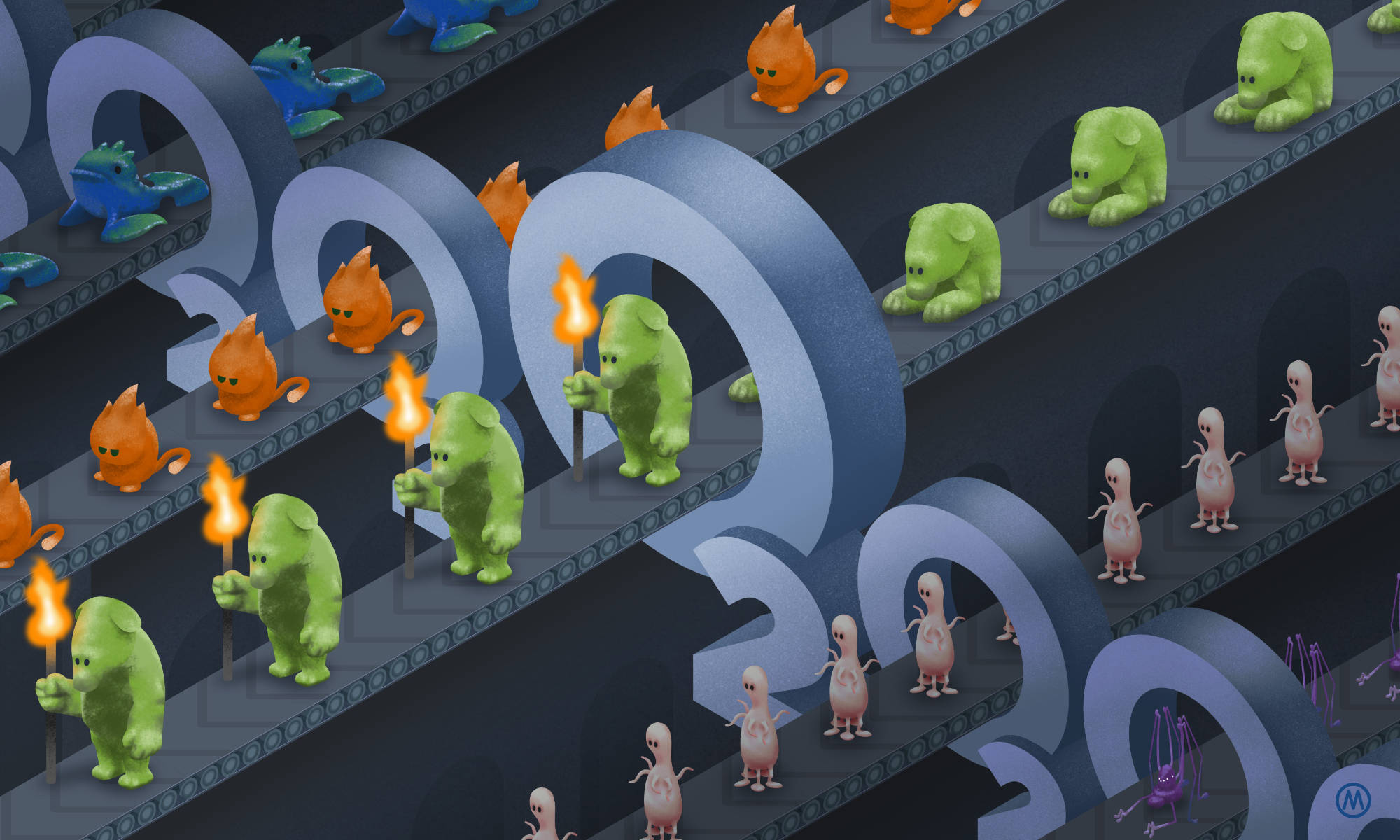
Is oxygen the cosmic key to alien technology?
Rochester astrophysicist Adam Frank explores the links between atmospheric oxygen and detecting extraterrestrial technology on distant planets.
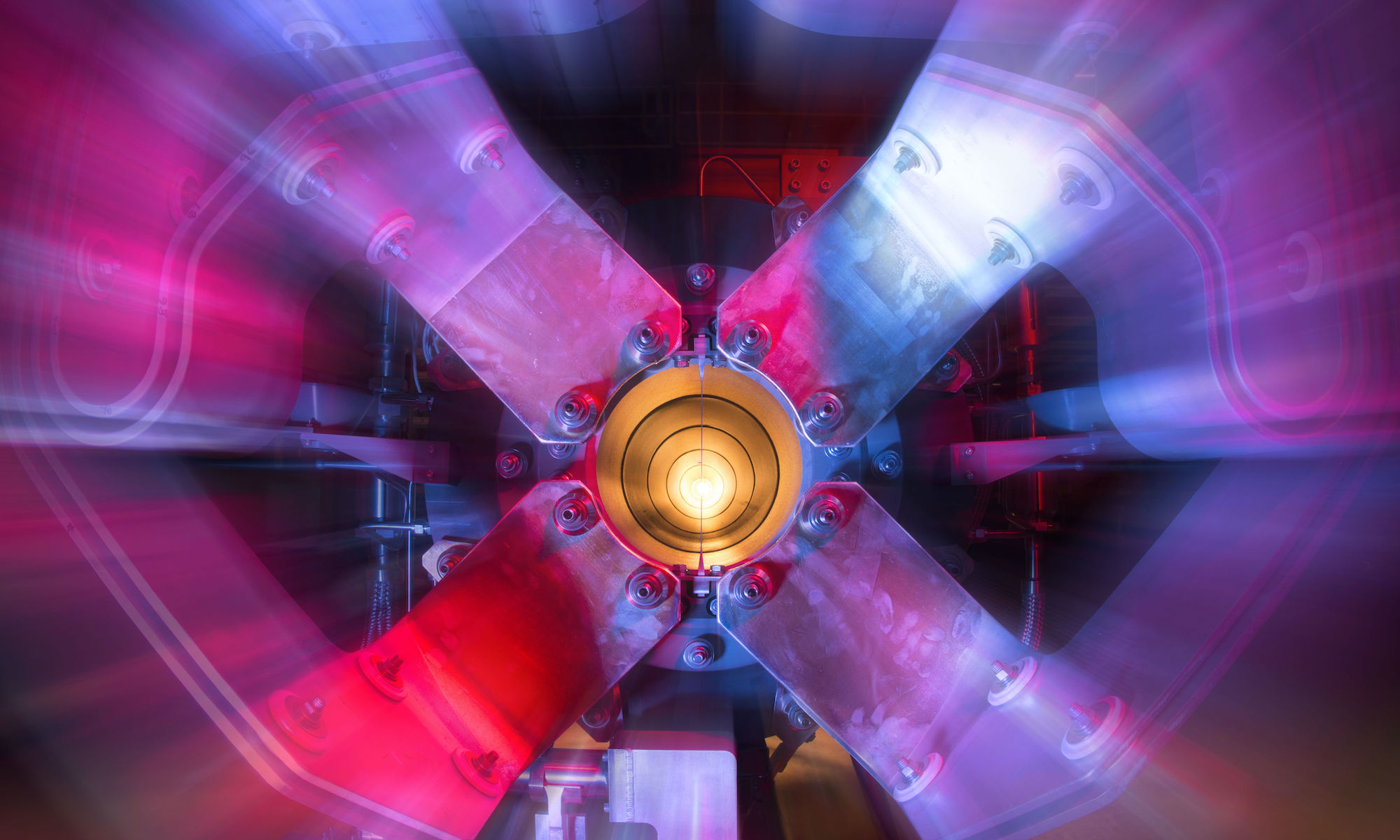
Rochester research with ‘ghostly’ neutrinos among Physics World’s breakthroughs of the year
Led by researchers from the University of Rochester, scientists from the international collaboration MINERvA have, for the first time, used a beam of hard-to-detect neutrinos to investigate the structure of protons.

